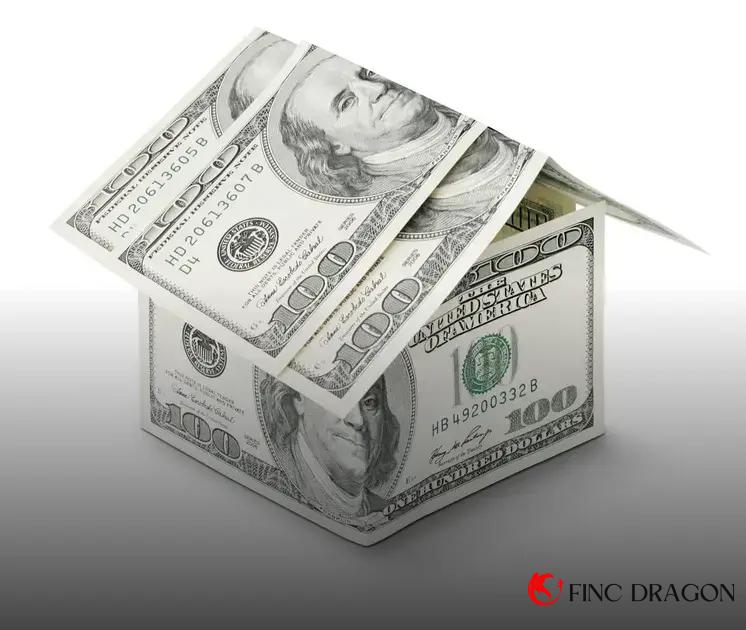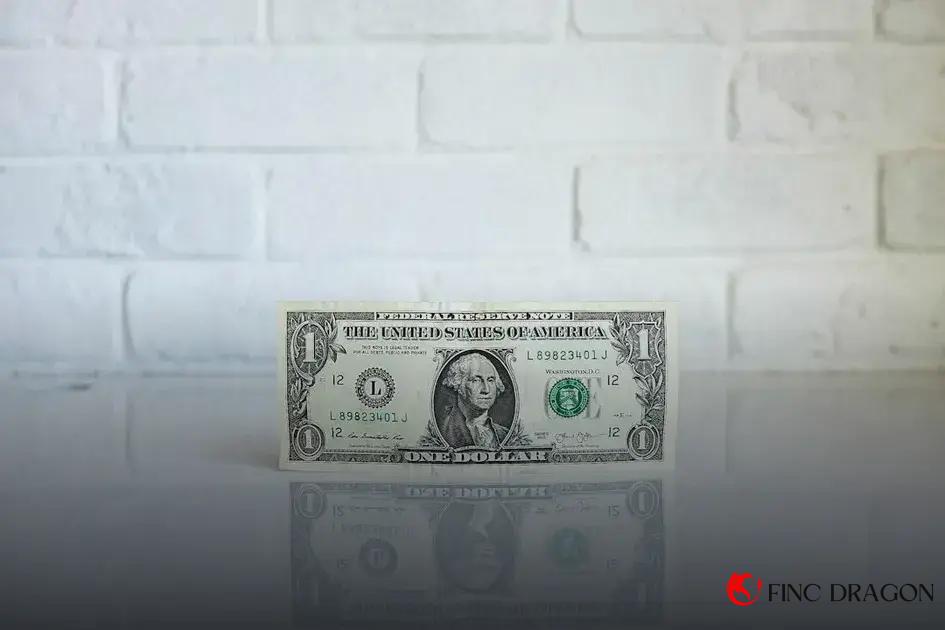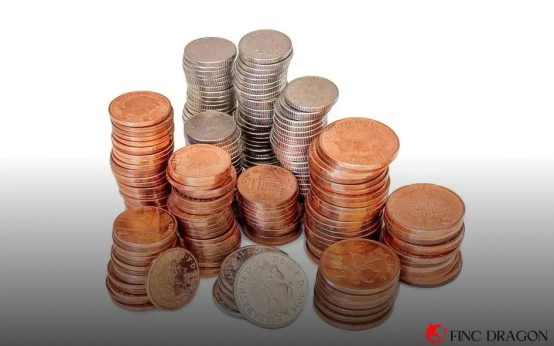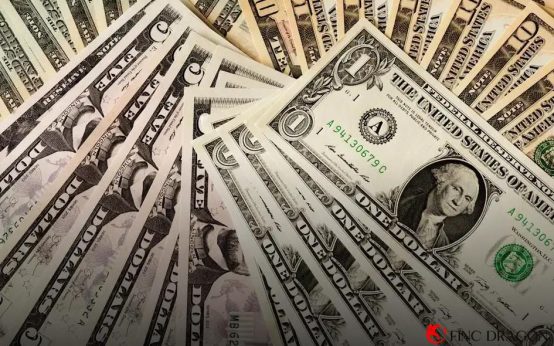Discover the intricate dynamics of share buybacks and their impact on stock prices. In recent years, buybacks have become a common strategy for companies looking to return value to shareholders. But what exactly happens to stock prices when a company buys back its shares? This post explores the purpose of share buybacks, how markets typically react to these announcements, and the long-term implications for investors. Understanding these facets can provide valuable insights for making informed investment decisions.
Understanding Share Buybacks and Their Purpose
Share buybacks, also known as stock repurchases, occur when a company buys back its shares from the marketplace. This practice can significantly influence stock prices and is a strategic financial tool for many companies. Buybacks often serve multiple purposes and can be beneficial for both the company and its shareholders.
Improving Earnings Per Share (EPS): When a company repurchases its shares, the number of outstanding shares decreases. This reduction can lead to an increase in EPS, as the earnings are now divided among fewer shares. An improved EPS can make the company’s stock more attractive to investors, potentially driving up the stock price.
Returning Value to Shareholders: Buybacks are a method of returning excess capital to shareholders. Companies may choose this route instead of paying dividends, as buybacks offer more flexibility. Shareholders who prefer capital gains over dividend income often view buybacks positively.
Optimizing Capital Structure: Repurchasing shares can be a strategy to alter a company’s capital structure. By reducing equity, and possibly increasing debt, a company can achieve a more optimal balance, which might lower its overall cost of capital.
Conveying Confidence: When a company announces a buyback program, it may signal management’s confidence in the company’s future prospects. This is often perceived by the market as a positive sign, potentially leading to an increase in stock price.
Mitigating Market Disruptions: At times, buybacks are initiated as a defense mechanism against hostile takeovers or substantial stockholder dilution. By purchasing its shares, a company retains greater control and stabilizes its market position.
Market Reactions to Buyback Announcements

Market reactions to buyback announcements can vary significantly, depending on the company’s financial health and the overall economic climate. When a company announces a buyback, it often signals confidence in its own financial future. Investors may see this as a positive sign, potentially leading to an increase in stock prices. However, the market response is not always uniformly positive.
Some investors might perceive a buyback as a lack of better investment opportunities for the company, especially if the firm is carrying a significant amount of debt. In such cases, the
initial market reaction
could be more muted or even negative.
Another critical factor is timing. Announcing buybacks during a market downturn might generate a more favorable reaction, as it suggests that the company is taking action to support its stock price. Conversely, if the market is booming, the announcement may not have as much impact. Understanding the nuances of how different market participants react to buyback announcements is essential for assessing the potential price movements.
Investors also pay attention to the specifics of the buyback, such as the size of the buyback program and the method of repurchasing shares, whether it’s through open market purchases or tender offers. Larger, more decisive programs typically elicit stronger market reactions.
Overall, while the knee-jerk reaction to a buyback announcement is crucial, it’s important to consider these announcements’ long-term implications for the share value, as they may alter investor perceptions and longer-term company strategies.
Long-term Effects on Stock Value
Share buybacks can significantly alter the long-term value of a company’s stock. When a company repurchases its own shares, it reduces the total number of outstanding shares in the market. This decrease means that each remaining share represents a larger ownership stake in the company, potentially increasing its earnings per share (EPS) and attracting more investors.
The reduction in supply can drive the stock price higher over the long term, provided the company maintains or improves its financial performance. Investors and analysts often view buybacks as a sign of confidence in the company’s future prospects, strengthening the stock’s perceived value.
However, the effects of share buybacks on stock value are not universally positive. If a company buys back shares at overvalued prices, it can harm shareholder value in the long run. This is why the timing and strategy behind buybacks are critical.
It is also important to consider the opportunity cost associated with buybacks. Resources spent on repurchasing shares could have been used for other growth initiatives or investments. Thus, although buybacks can enhance stock value by improving EPS and market confidence, they must be carefully weighed against other potential uses of capital. Companies must strike a balance to ensure that buybacks truly contribute to enhancing long-term shareholder value.
Comparing Buybacks with Dividends

When evaluating share buybacks versus dividends, it’s essential to understand how each affects shareholders and stock prices. Both methods are used by companies to return value to their shareholders, but they operate differently and have distinct impacts.
Share buybacks, or stock repurchases, occur when a company purchases its own shares from the market, effectively reducing the total number of outstanding shares. This often leads to an increased earnings per share (EPS) and potentially a higher stock price, as there are fewer shares available, potentially increasing demand.
Dividends, on the other hand, are cash payments made directly to shareholders from a company’s earnings or reserves. This method provides an immediate return to investors but doesn’t alter the number of outstanding shares.
Investors might have preferences based on tax implications. In many jurisdictions, dividends are subject to immediate taxation, while capital gains from buybacks may be taxed at a lower rate.
Another element to consider is the signal to the market. Buybacks can signal to the market that a company believes its stock is undervalued, while regular dividends might indicate a steady cash flow and robust financial health.
The choice between buybacks and dividends can depend on the company’s strategic priorities. Firms prioritizing growth might prefer buybacks, using surplus cash to take advantage of undervalued shares. Meanwhile, companies focusing on rewarding long-term shareholders might opt for dividends to ensure consistent returns.
Ultimately, the decision between the two strategies should align with shareholder expectations and the company’s financial goals, encompassing its broader impact on stock prices within the financial market landscape.
Factors Influencing Buyback Decisions
When corporations decide to implement a share buyback, they consider several key factors that guide their decision-making process. One important factor is the company’s current financial health. Companies with strong cash flow and excess reserves may view buybacks as a viable option to deploy capital effectively, especially if they believe their stock is undervalued. Financial metrics such as earnings per share (EPS) and return on equity (ROE) also play a crucial role, as buybacks might improve these figures by reducing the number of shares outstanding.
Another factor is the stock’s market valuation. Companies are likely to buy back shares when they perceive their stock is undervalued compared to intrinsic value. This strategy aims to enhance shareholder value by potentially increasing stock prices. Conversely, buybacks may be less appealing if the share price is considered overvalued.
The company’s long-term strategic goals are also considered. If the management believes reinvesting in operations, acquisitions, or Research and Development (R&D) aligns better with these goals, it might prioritize these areas over buybacks.
External market conditions, such as overall stock market volatility and economic trends, influence buyback decisions as well. In stable markets, companies might feel more confident in executing buybacks. However, in uncertain times, they might seek to conserve cash to address potential risks.
Additionally, the perspectives of stakeholders such as institutional investors significantly affect buyback decisions. Corporations might use buybacks to signal confidence in their business model and financial outlook, thus maintaining favorable investor relations.
Lastly, regulatory and tax considerations can impact the decision. Companies need to comply with securities laws and consider the tax implications in different jurisdictions, which might affect the timing and scale of buybacks.





